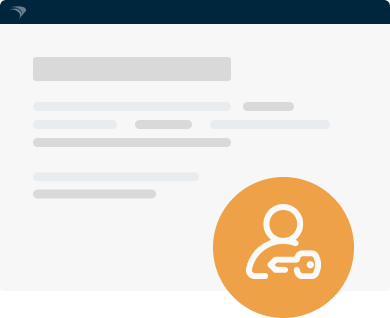Learn what the top 5 security threats in edtech are and how to protect against them.
As K-12 school districts invest in 1:1 programs, top of mind for parents, administrators and school boards is the need to ensure the safety & security of students. In addition to protecting student privacy and security, school districts are tasked with protecting this significant investment, guarding against device loss and theft, which can significantly impact student learning.
School districts face a myriad of regulatory requirements when it comes to security, instituted at the school district, state and federal level, including the Family Educational Rights and Privacy Act (FERPA), the Children’s Online Privacy Protection Act (COPPA) and the Children’s Internet Protection Act (CIPA). These regulations provide the base framework for security and privacy protections, but the pace of change of education technology and the risk landscape also place a significant burden on IT.
5 Challenges in EdTech Security
For most school districts, the lack of IT resources is the biggest security challenge. The explosion of devices, porous networks, and the use of cloud services has all placed additional strain on IT departments. Here we’ll look at 5 common security challenges that IT departments face and how to offload those burdens:
1. The Proliferation of Devices
You are accountable for every device connected to your network, whether that device is managed or not. In addition to managing large fleets for 1:1 programs, you must have an easy way to find, track, manage and report on devices across multiple platforms, including the identification of unmanaged endpoints. As device buying patterns have changed over time, IT teams are often encumbered having to manage each device type in a separate platform. Instead, look for an MDM platform that allows you to identify and manage all device types, quickly manage user profiles and offer protections such as remote wipe.
2. Patch Deployment
One study found that more than 80% of breaches occurred due to a failure to apply software patches. Look for a solution that offers automated patch deployment across all device platforms, to future proof your district against later investments. Since many patches fail to deploy successfully, or require end-user interactions to install, ensure your tool is robust enough to handle highly distributed networks or unreliable connections and offers reporting to ensure critical software remains installed.
3. Ensuring Security Layers are Robust to Malicious Activity
One of the first steps of many malware applications is to disable security layer protections such as anti-virus or anti-malware, so it’s important to ensure that critical security layers are supported with self-healing capabilities to repair corrupted files or reinstall missing software.
4. Data level controls
Not all data is sensitive, but it is important that you have a data access plan that lays out basic user access controls (who / how / when data is accessed, basic ID and password controls, how access is revoked), have appropriate protections (encryption) for sensitive data and institute automated controls to monitor these controls.
5. Device loss
Lost devices pose a security risk if local files or user access controls are not properly protected, but the biggest impact from lost devices is student learning. In a 1:1 environment, the loss of a single device – or a whole fleet of devices due to theft – is both costly and disruptive, with insurance claims often taking months to resolve. Look for tools that support location and discovery tracking and remote wipe capabilities to protect sensitive data.
The good thing is that many of today’s top edtech security challenges can be simplified with platform solutions that manage and secure multi-platform environments. Replacing many siloed security and management tools, these tools can reduce licensing costs and additionally free up IT time spent managing IT, allowing IT more time to support student learning. And isn’t that the goal of edtech in the first place?

